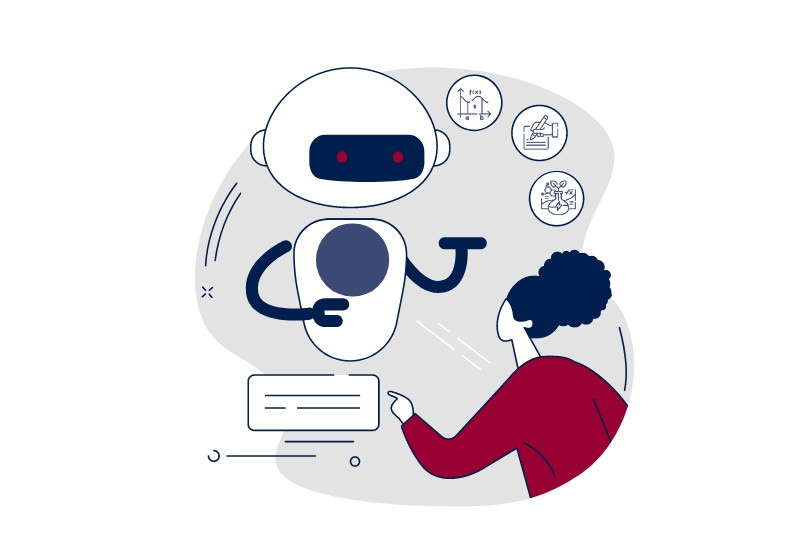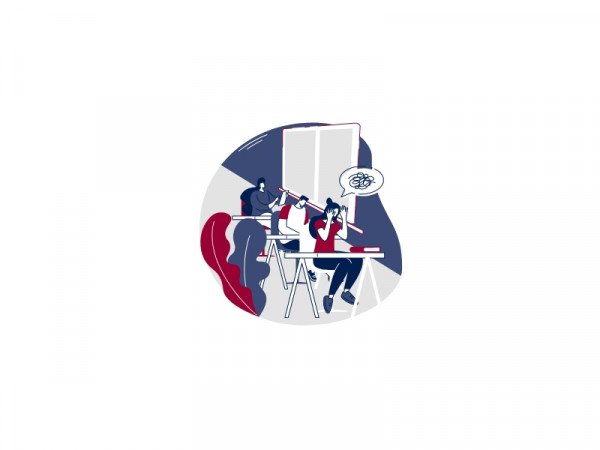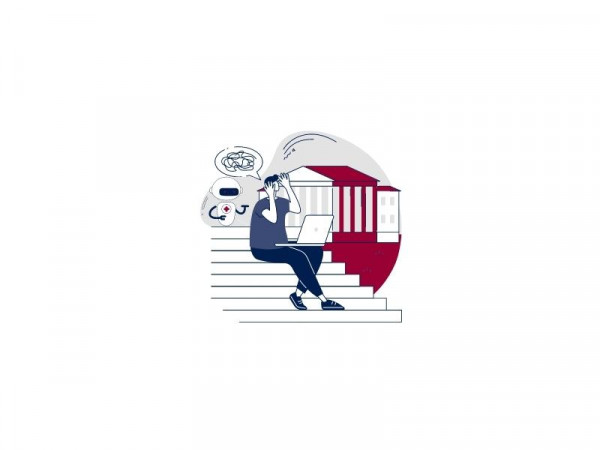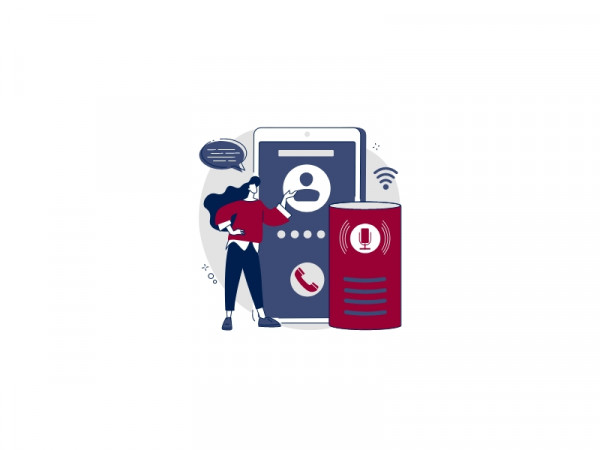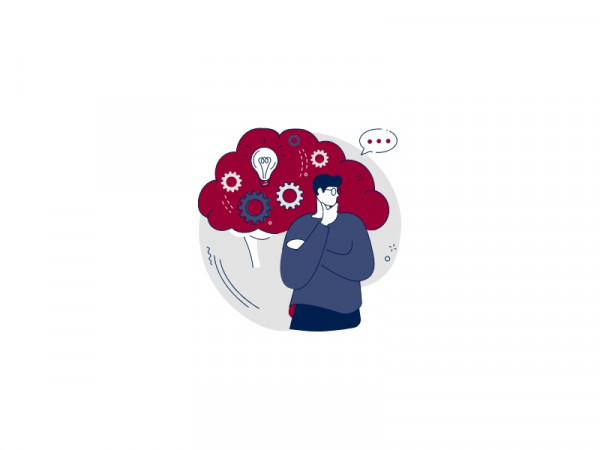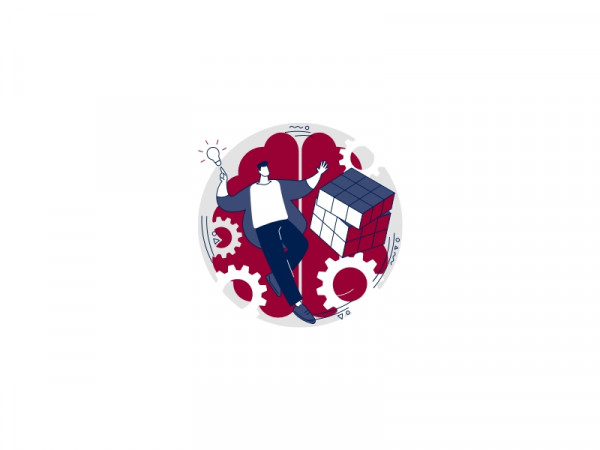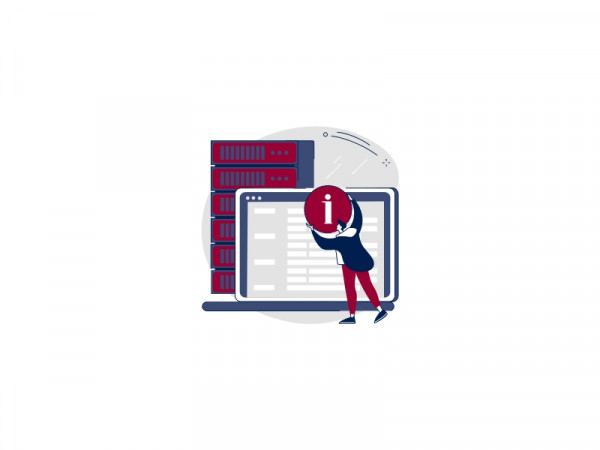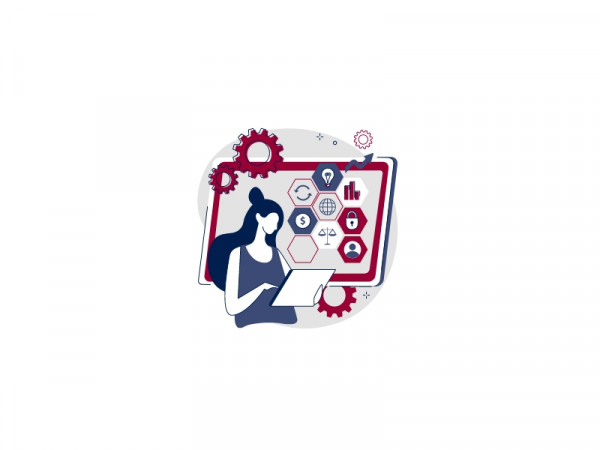5. Regulatory challenges of AI use in education
The use of AI tools in education raises regulatory concerns, particularly around the authorization of students to use them. Institutions often set varying policies on AI use, with some allowing it and others restricting it. When permitted, students should cite AI usage in their work.
AI detectors can also be used to ensure academic integrity, verifying that students' work is original. As AI becomes more integrated, clear guidelines are essential to balance its benefits with maintaining academic standards.
In this article, we have explored the top 5 cons and disadvantages of AI in education. It is clear that there are many limits and challenges to address in the coming years. AI cannot replace humans.
To successfully integrate AI into education, it is essential to find a balance between AI’s capabilities and the unique aspects of human learning. Human interactions, critical thinking, hands-on experience, and collaboration must remain at the core of the learning process.
However, when used correctly, AI can offer significant benefits for education.
To find out more:
This informative article, which does not require personal reflection, was partially written with the assistance of ChatGPT. The automatically generated content has been revised (including corrections for repetition, sentence structure, added details, added citations, and fact-checking).


